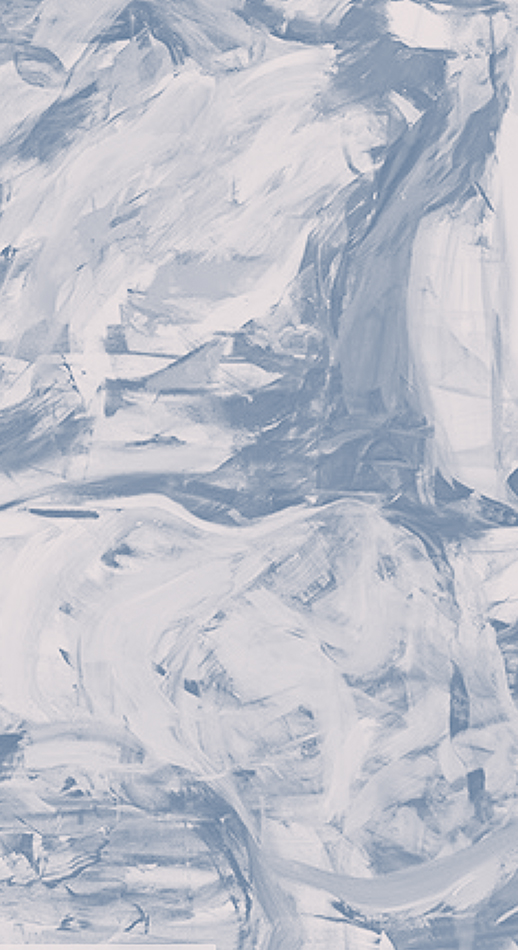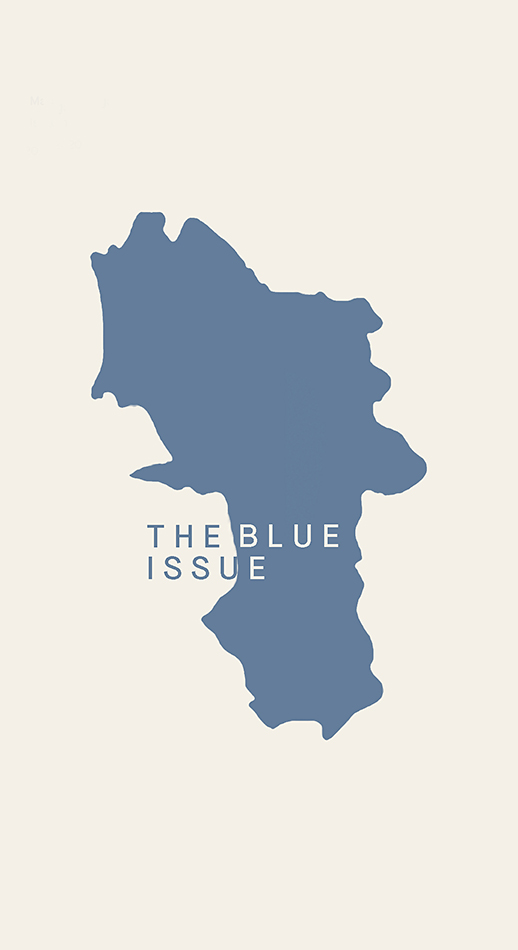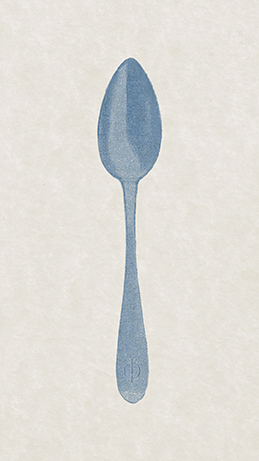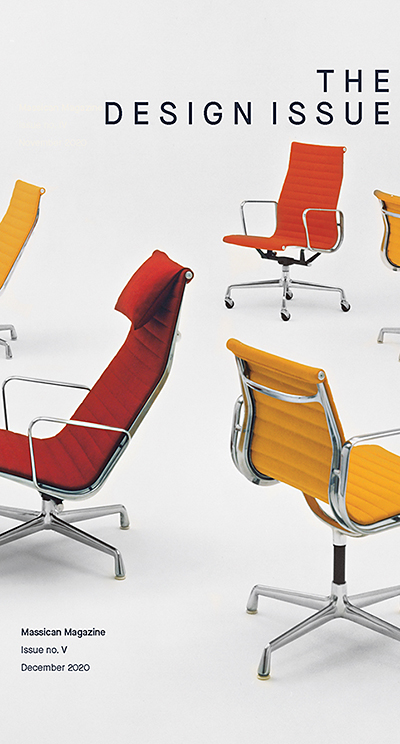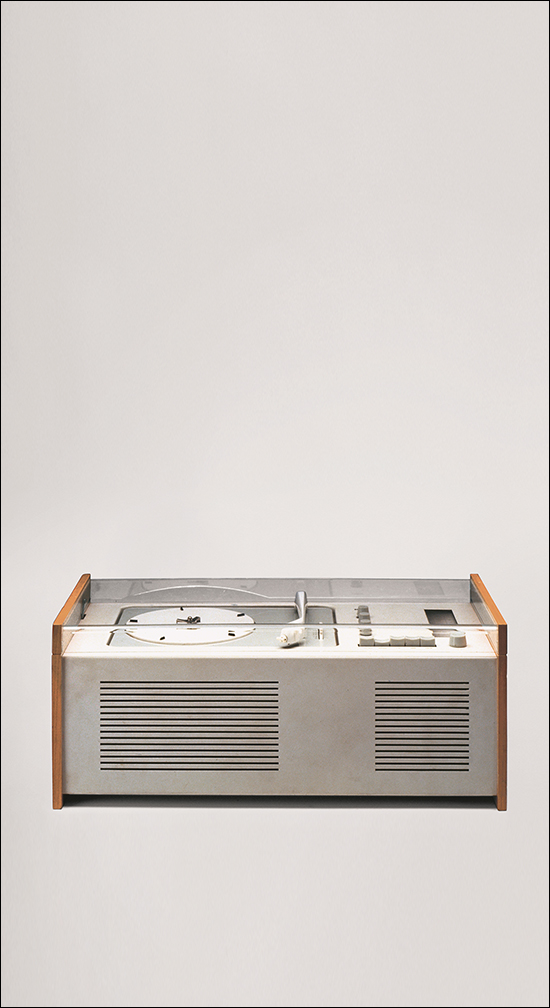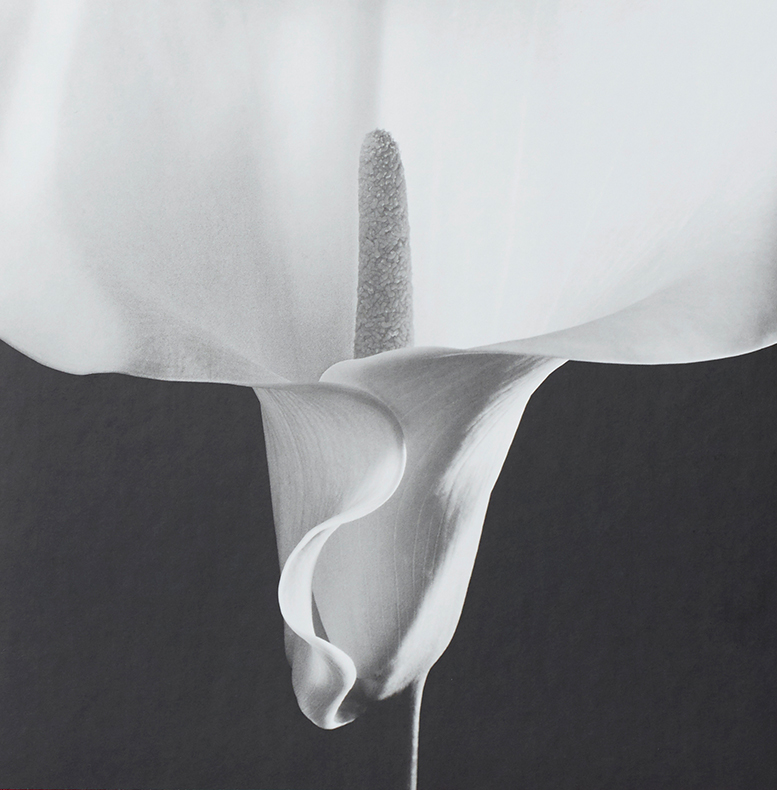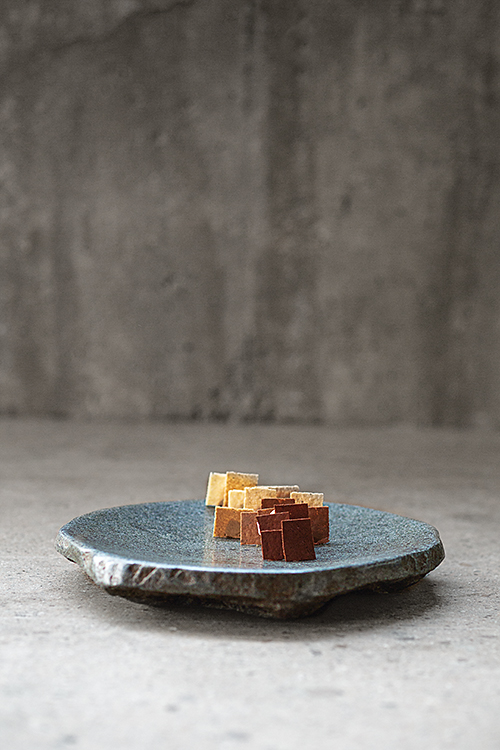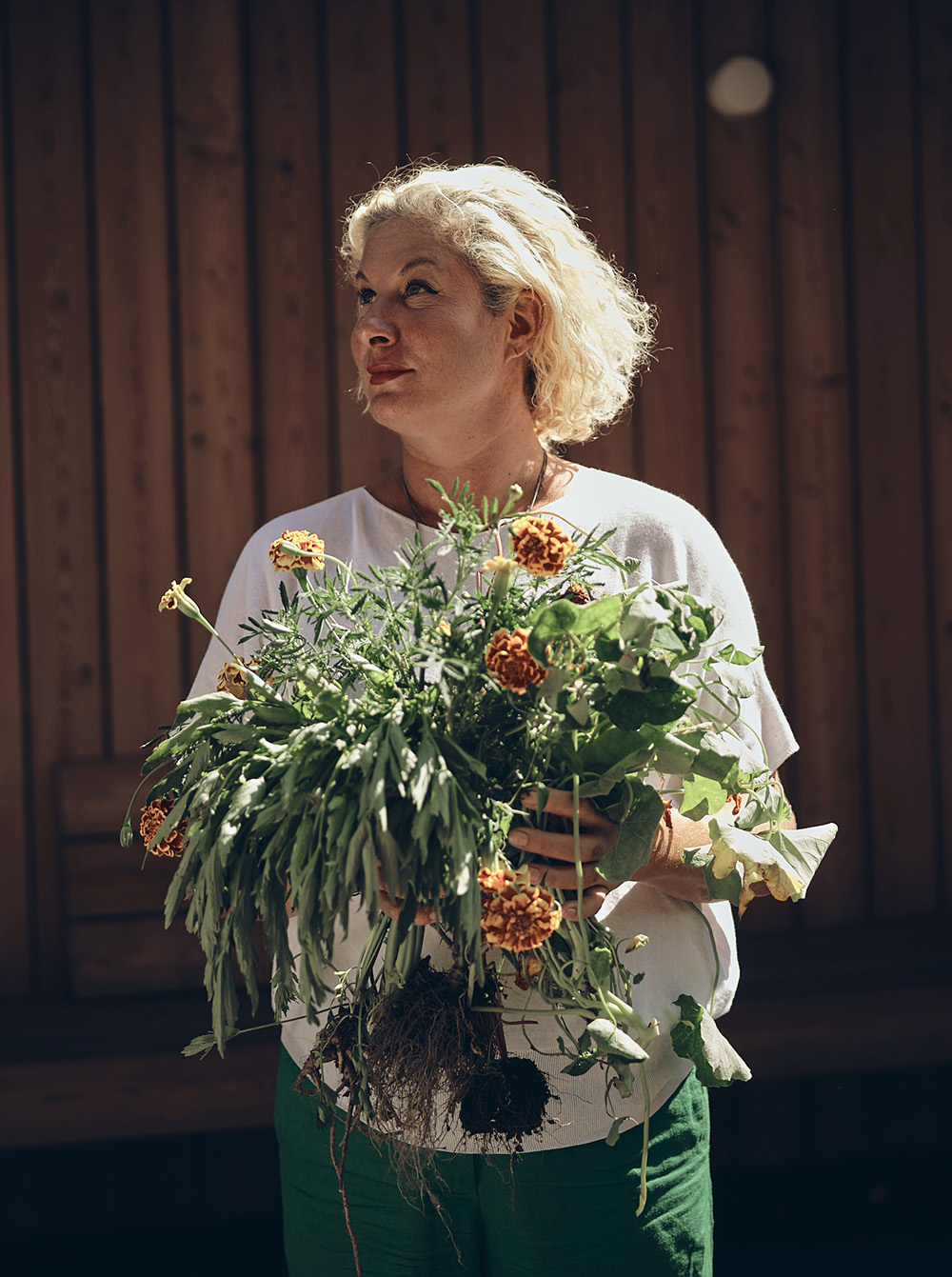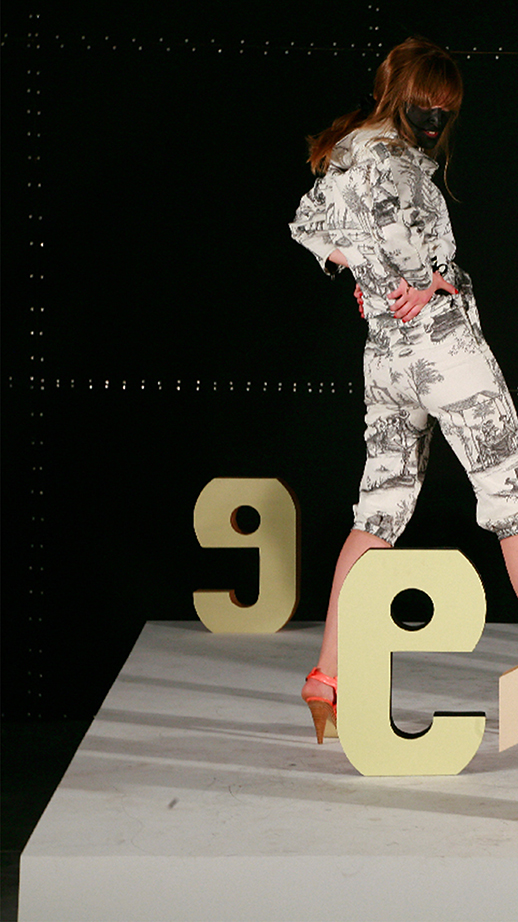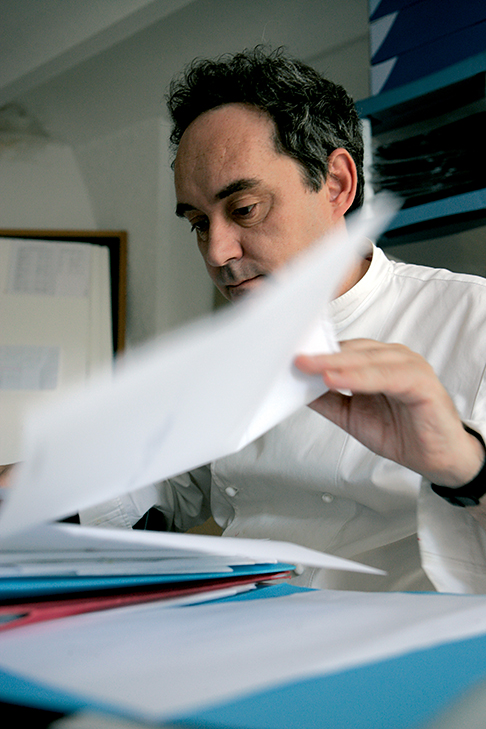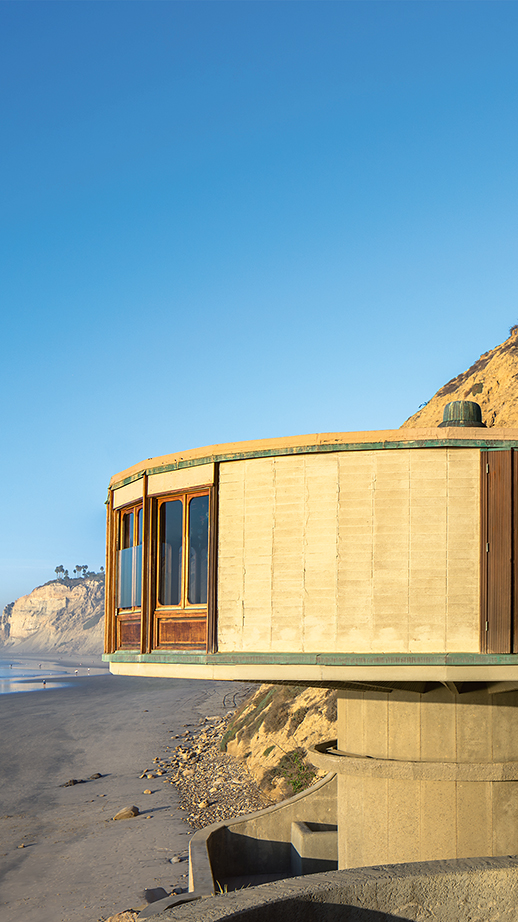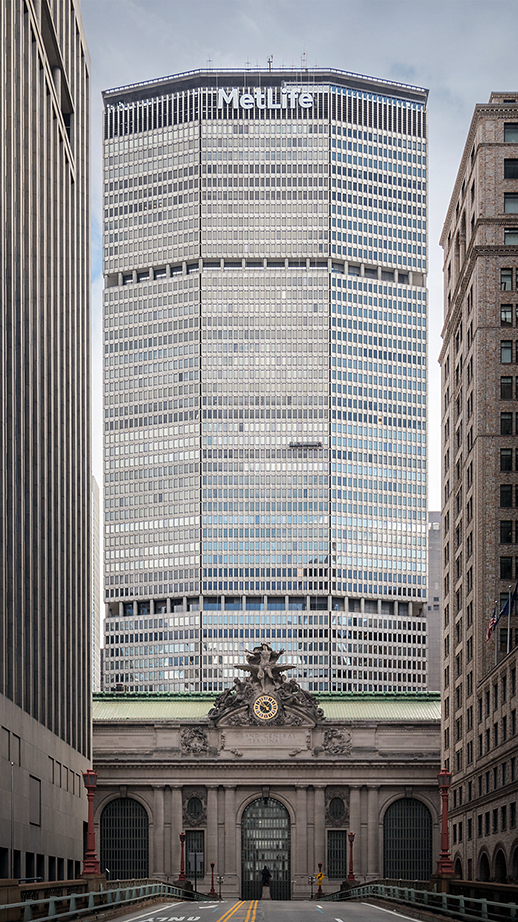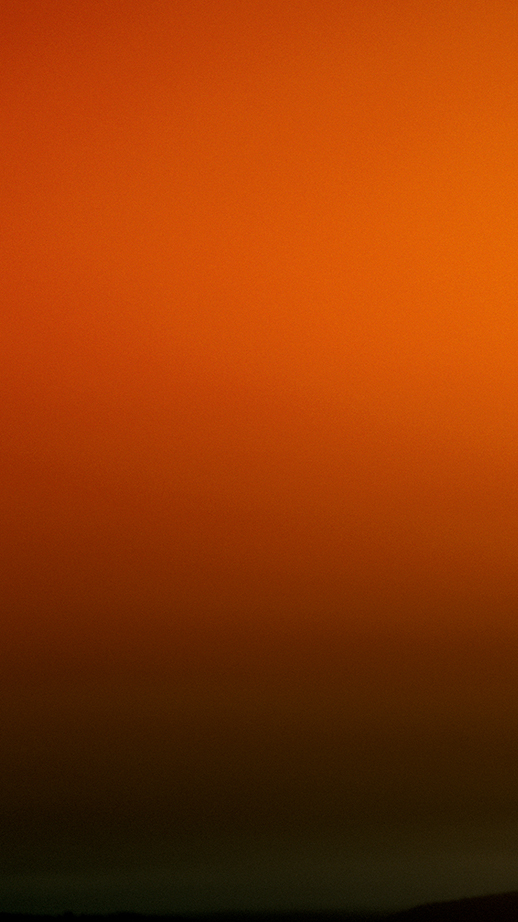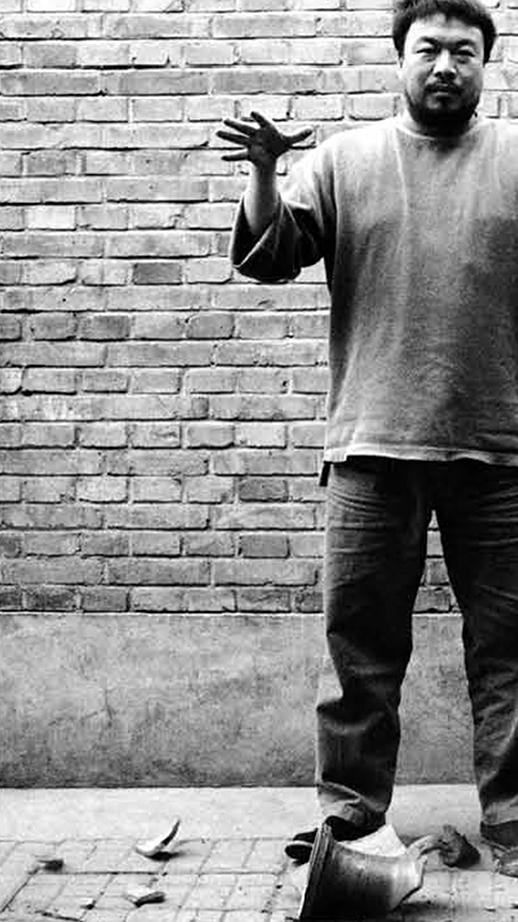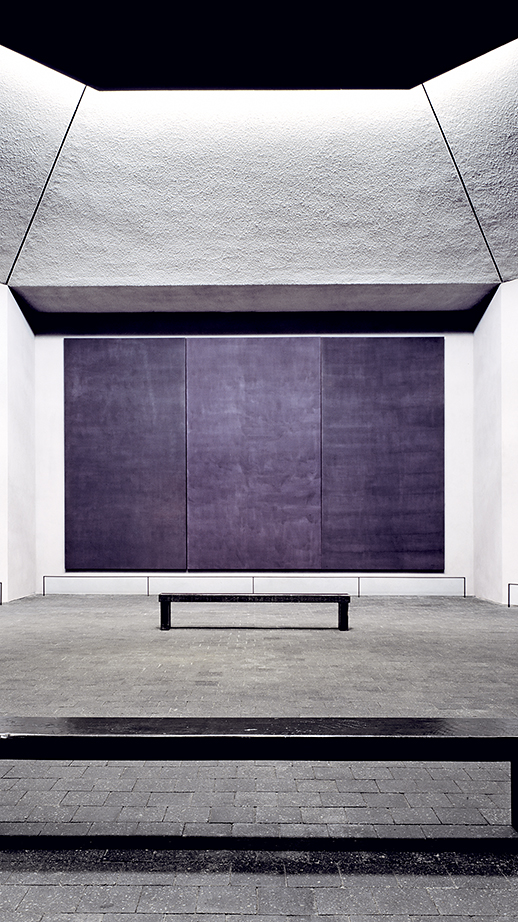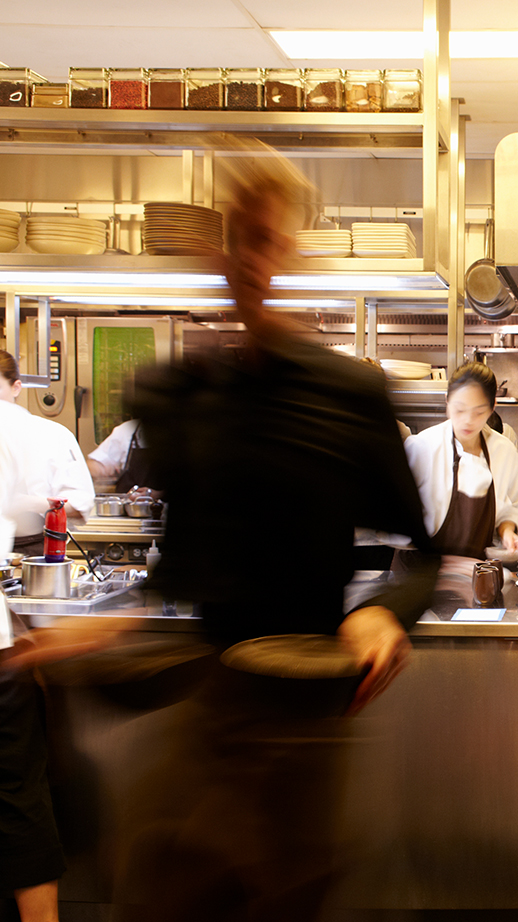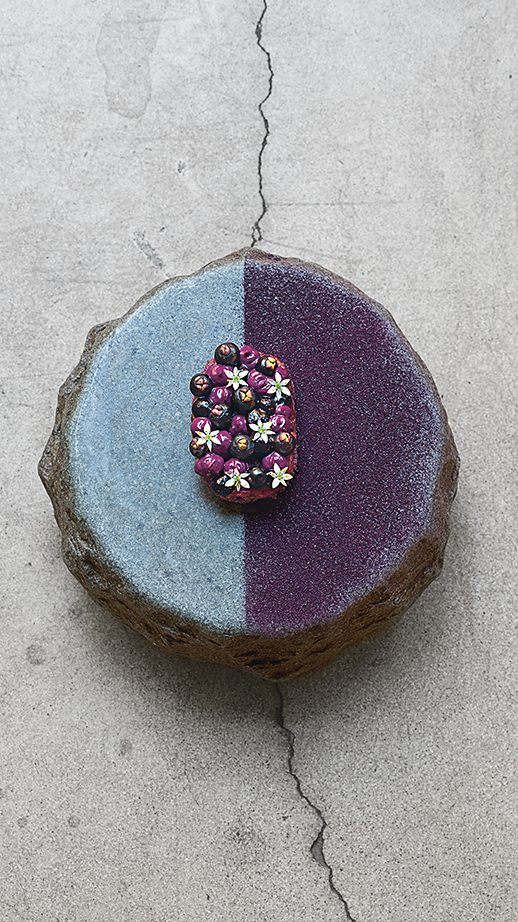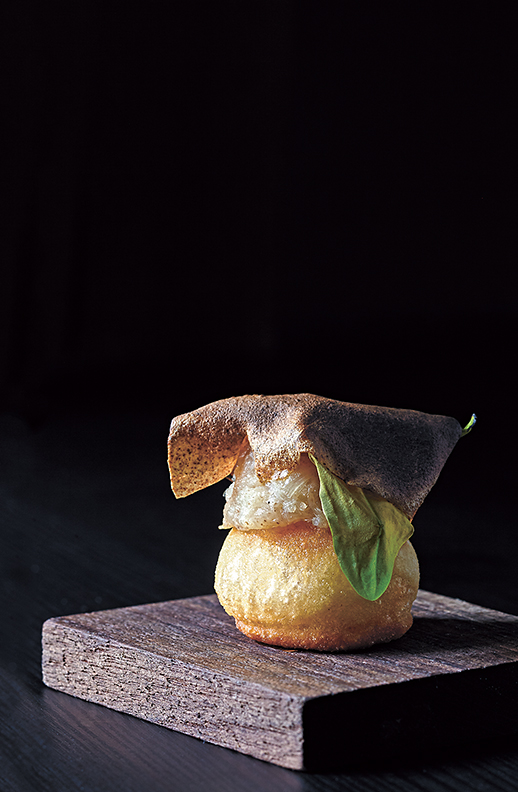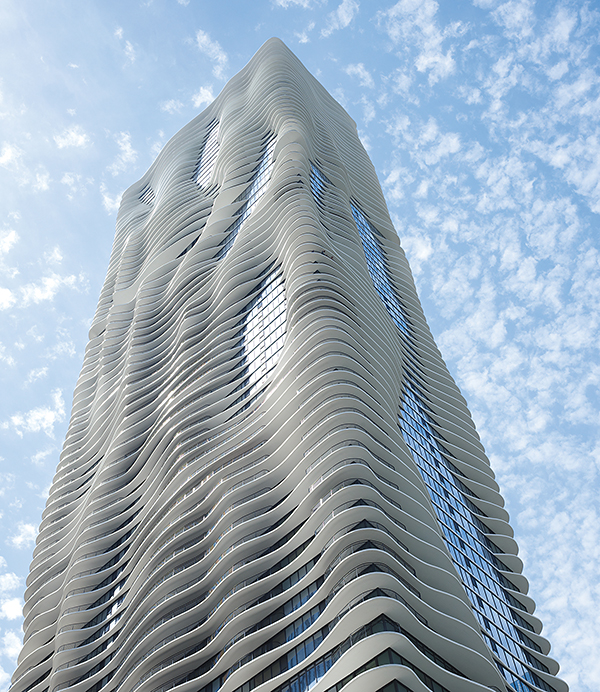Massican Magazine
Before I became a winemaker I had a decade-long career in publishing working for Sports Illustrated and TIME magazines. When I left that life to become a vintner, I took with me a love of the written word. So, it is with great enthusiasm that we share with you Massican Magazine. The magazine is a collaboration between us and the celebrated creative arts publisher, Phaidon Press. Each issue excerpts editorial from one of Phaidon’s published books and hopes to inspire readers to experience and celebrate a well-spent life. The magazine’s inspirational journey began with Massican’s touchstone – the color blue – in August 2020, and continued on to the worlds of architecture, art, cooking, fashion, travel and more. Enjoy!
Dan Petroski


